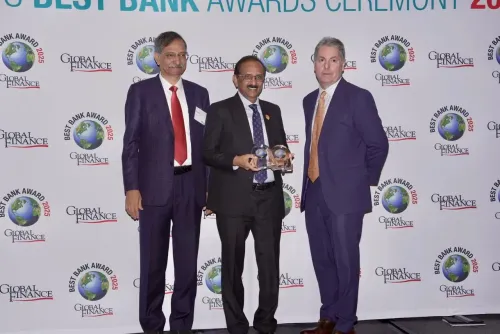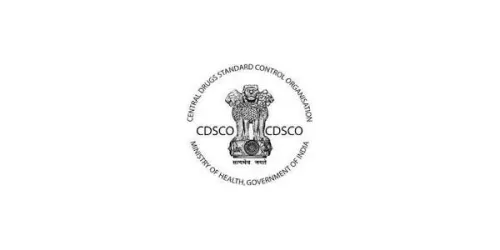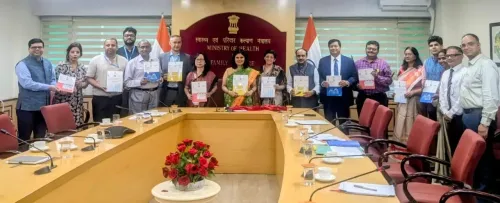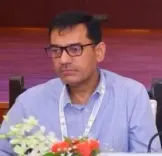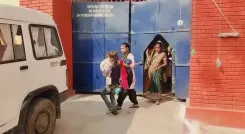How is the Deendayal Antyodaya Yojana-NRLM Transforming Rural Lives?
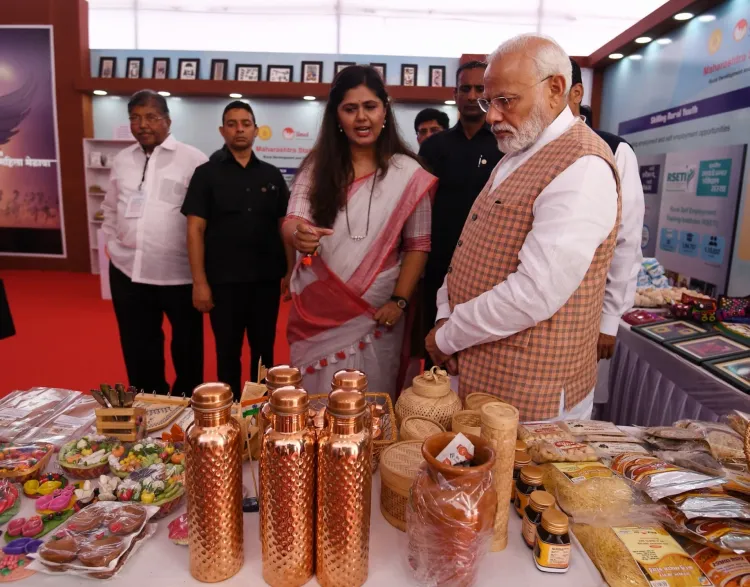
Synopsis
Key Takeaways
- DAY-NRLM is fundamental in combating rural poverty.
- It empowers women through Self Help Groups.
- Over 10.05 crore households mobilized since inception.
- Significant financial support provided to female farmers.
- Sustainable livelihoods promoted through diverse initiatives.
New Delhi, Oct 23 (NationPress) The Deendayal Antyodaya Yojana - National Rural Livelihood Mission (DAY-NRLM) serves as a pivotal initiative aimed at combating poverty in India's rural landscape while empowering women, as highlighted by the government on Thursday.
This flagship poverty alleviation initiative is executed by the Ministry of Rural Development with the objective of diminishing poverty by facilitating poor households in acquiring meaningful self-employment and skill-based wage opportunities, thereby resulting in sustainable and varied livelihood avenues for the underprivileged.
It organizes rural poor households into Self Help Groups (SHGs) and provides ongoing nurturing and support to engage in economic activities until a significant increase in income is attained.
The mission, which was inaugurated in 2016, has successfully mobilized 10.05 crore rural households into 90.9 lakh SHGs throughout India, according to an official statement from the government.
Moreover, it has aided 4.6 crore female farmers and supported 3.74 lakh enterprises through diversified entrepreneurship initiatives.
Among its notable achievements are the deployment of 3.5 lakh Krishi Sakhis and Pashu Sakhis, the establishment of 6,000 integrated farming clusters, and the formation of 1.95 lakh producer groups, ultimately benefiting over 50 lakh rural women and supporting enterprises across 282 blocks.
Furthermore, women-led SHGs have accessed Rs 11 lakh crore in loans since the fiscal year 2013-14, while 47,952 Bank Sakhis were appointed in bank branches to facilitate SHG credit linkages.
This mission has also promoted sustainable livelihoods through various sectors, including agriculture, non-timber forest products, livestock, and non-farm enterprises.
The government remarked, “The DAY-NRLM has emerged as a cornerstone for rural poverty alleviation and women's empowerment in India. It has broadened access to formal credit, skills, and market opportunities, enabling sustainable livelihoods and financial stability.”
Through targeted initiatives in skill development, entrepreneurship, and synchronization with essential government schemes, NRLM has diversified income streams and bolstered the rural economy.
“Its comprehensive monitoring frameworks, robust SHG-bank connections, and capacity-building strategies ensure transparency and accountability, making it a formidable force for inclusive growth and enhanced living standards in rural areas,” the government stated.
The National Rural Livelihood Mission (NRLM) was launched in 2010 as a mission-mode initiative by restructuring the previous Swarnajayanti Grameen Swarojgar Yojana (SGSY).
In 2016, the program was rebranded as the Deendayal Antyodaya Yojana – National Rural Livelihood Mission (DAY-NRLM). This centrally sponsored scheme is co-funded by both the central and state governments, marking it as one of the world's largest efforts aimed at enhancing the livelihoods of the impoverished.
The mission is also focused on empowering SHG women through awareness campaigns and behavior change communication on significant issues such as domestic violence, women's education, gender concerns, nutrition, sanitation, and health.

